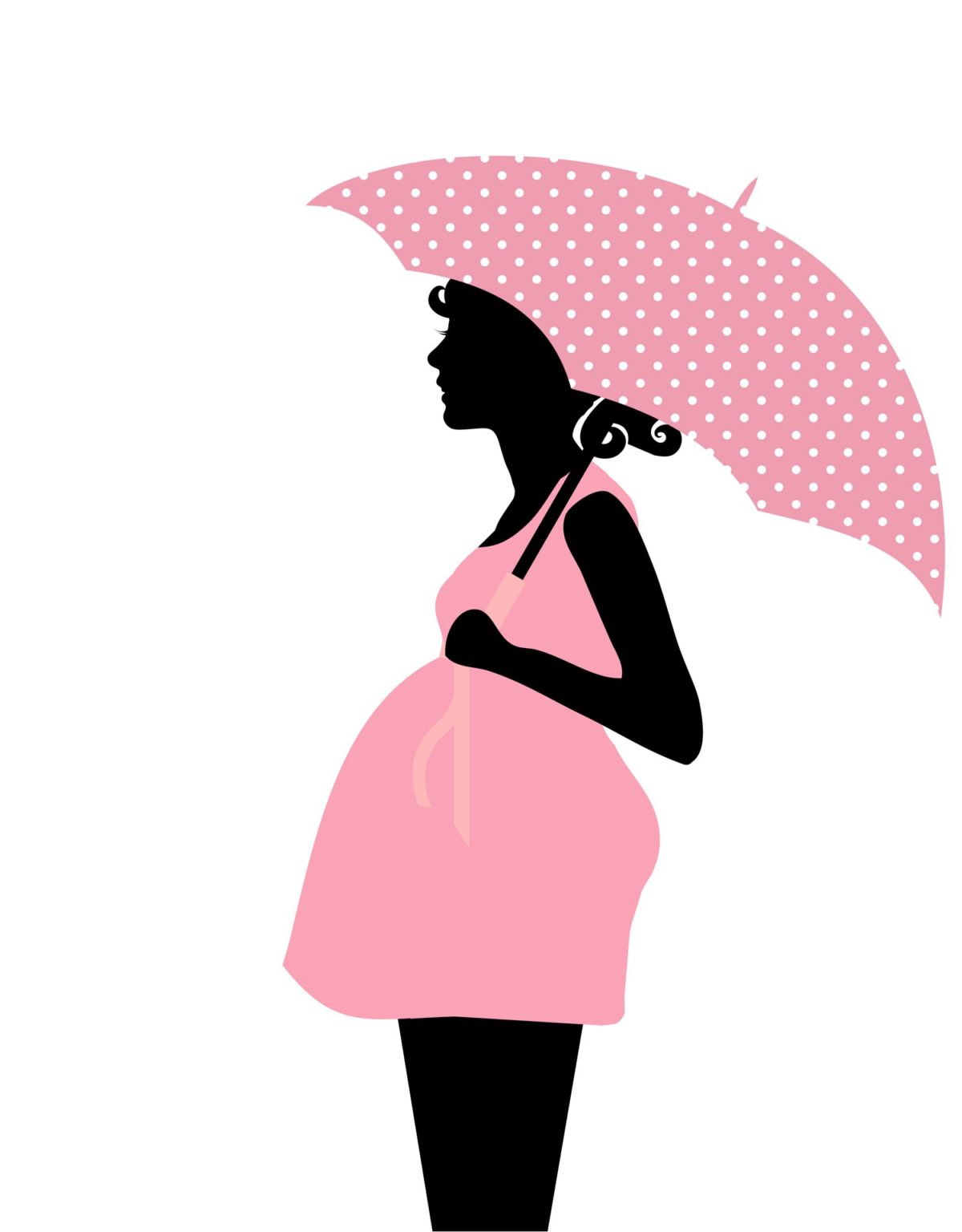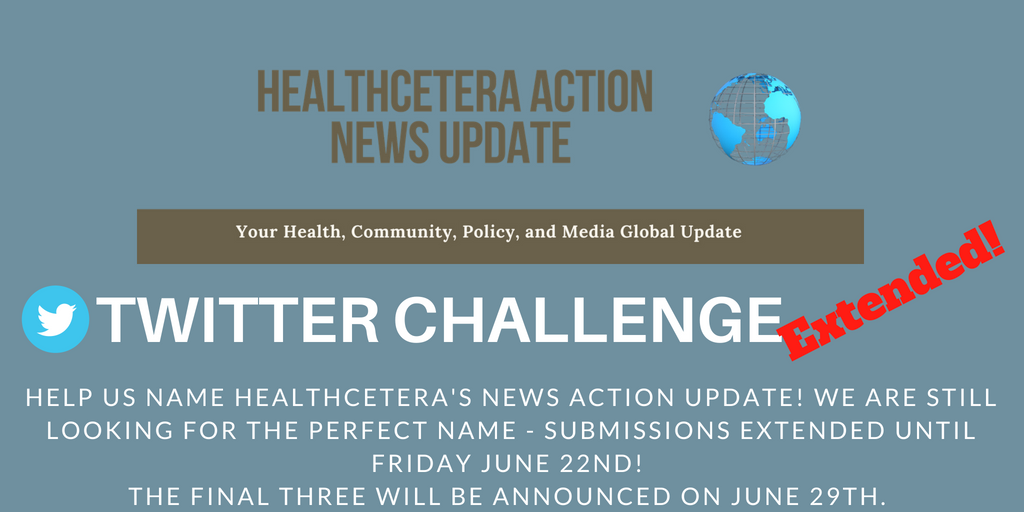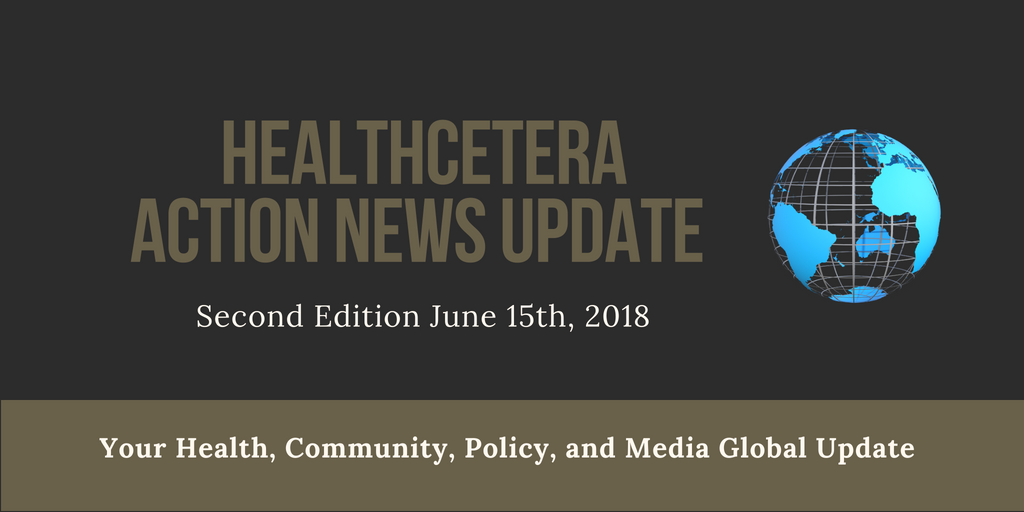
Welcome to HealthCetera’s global health policy and media action news update curated by the Center’s Katherine (Kayte) Green. This biweekly roundup intends to keep our community appraised of up-to-date news, policies, and ideas important to policy and social issues facing national and international health. This selection gathers information from a wide range of sources including, but not limited to: health associations and organizations, news sources, government agencies, academic publications, policy centers, and other national and international experts.
NATIONAL NEWS
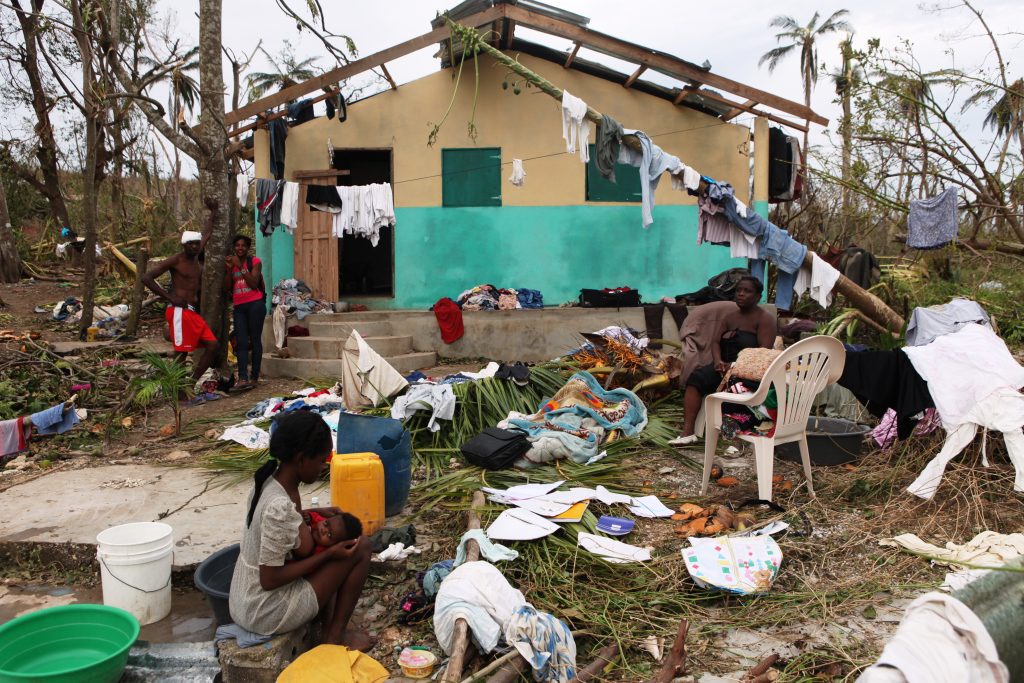
Puerto Rico – Hurricane Maria
On May 29th Reuters reported that Hurricane Maria has claimed the lives of 4,645 people in Puerto Rico and not the 64 as reported by the island’s government official death toll. A study conducted by T.H. Chan School of Public Health at Harvard University and published in the New England Journal of Medicine estimated that most of the victims of Maria died in the fall of 2017 and a third of the deceased perished because of lack of immediate medical care or interrupted medical aid. Puerto Rico has recruited the Milken Health Policy Institute at George Washington University to conduct a recount of the death toll to be released fall of 2018.
Study Hikes Puerto Rico’s Hurricane Maria Death Toll to 4,645
NEJM: Mortality in Puerto Rico after Hurricane Maria
The Nib: Hurricane Maria’s Real Toll
George Washington University Team Will Now Conduct Recount of Puerto Rico’s Hurricane María Deaths
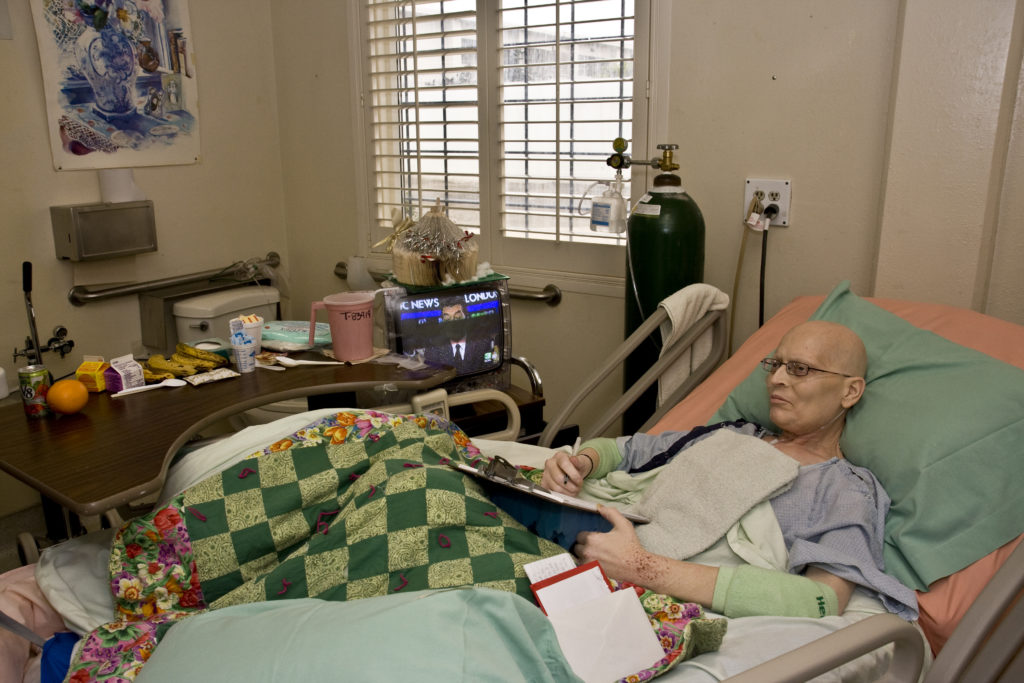
End of Life Care in the U.S. Prison System
United States correctional facilities are facing the same problem as the US Healthcare system: an aging population and how to care for them. Currently in the United States there are roughly 2.5 million inmates, many of whom are chronically ill and/or aging and need end-of-life care. Providing palliative care in prison shares many similar challenges as those not living incarcerated, but with patients who are in correctional settings there are a unique set of obstacles. Changing practice models to meet care demands in correctional settings is complicated by attitudinal barriers, legal barriers, medical staff shortages, economic limitations, and other organizational components. Across the country, some prisons are using alternative programs to care for these patients: using fellow inmate volunteers to provide end-of-life care. Most prisons were not built to service the terminally ill. Often medical staff is sparse and over-burdened. Utilizing other prisoners for hospice care has two immediate benefits: inmates providing care are given purpose and those dying can do so with dignity and comfort.
Responses:
The New York Times: The Prisoners Who Care For The Dying and Get Another Chance At Life
The California Sunday Magazine: Meanwhile in San Quentin
The American Journal of Psychiatry: Prison Hospice Care: Life and Death Behind Bars
NPR: Angola Prison Lawsuit Poses Question: What Kind Of Medical Care Do Inmates Deserve?
Palliative Medicine: “People don’t understand what goes on in here”: A consensual qualitative research analysis of inmate-caregiver perspectives on prison-based end-of-life care
The Atlantic: What Dying Looks Like in America’s Prisons
The Inquirer: More people than ever are dying in prison. Their caregivers? Other inmates
Palliative Care for Prison Inmates “Don’t Let Me Die in Prison”
Nursing Link – Inmates Assist Ill and Dying Fellow Prisoners in Hospices
Resources:
Human Prison Hospice Care Project
Documentary:
Prison Terminal: The Last Days of Private Jack Hall

Suicide: A National Health Crisis and More Than a Mental Health Concern
The recent high profile deaths of designer Kate Spade and chef Anthony Bourdain, both of whom took their own lives, and a recent report on self inflicted deaths, has brought mental health and suicide related deaths back to the center stage of public health. Suicide is boundless, affecting people of all socio-economic statuses, ages, sexual orientation, political alignment, and gender. The Centers for Disease Controls published a report (factsheet) that found nearly 45,000 people died in 2016 by suicide and it’s the 10th leading cause of death overall in the United States. Suicide prevention remains an elusive goal, as many who take their own lives do not readily display evidence of the pain and suffering that lead to their deaths. Interdisciplinary and policy reform are needed to address these preventable tragic deaths.
” The simple reason suicide has been neglected for so long is stigma. It is a human behavior that terrifies most people. Suicide is wrongly seen as a character or moral flaw — or even a sinful act. It is viewed as something shameful that must be hidden…But suicide is a medical problem that is almost always associated with several common and treatable mental illnesses, like depression, anxiety and impulse and substance abuse disorders. It is estimated that more than 90 percent of those who die by suicide have a diagnosable mental disorder. This means that, in theory, suicide should be preventable if we can deliver the right treatment to people who have these psychiatric illnesses. ” – Richard A. Friedman, New York Times
Responses:
JAMA: Suicide The Leading Cause of Violent Death
U.S. Preventive Services Task Force (USPSTF): Final Recommendation Statement Suicide Risk in Adolescents, Adults and Older Adults: Screening
CDC: Suicide Rising Across America
CDC: Preventing Suicide: A Comprehensive Public Health Approach
CDC: Surveillance for Violent Deaths — National Violent Death Reporting System, 18 States, 2014
The Joint Commission: Suicide Risk Reduction – Screening vs. Comprehensive Assessment
NIH: Suicide in America: Frequently Asked Questions
CNN: The Words to Say — and Not to Say
NYT: Suicide Rates Are Rising. What Should We Do About It?
Other Resources:
BeFrienders Worldwide
If you are suicidal and need emergency help, call 911 immediately or 1-800-273-8255 if in the United States. There is also a crisis text line. For crisis support in Spanish, call 1-888-628-9454. If you are in another country, find a 24/7 hotline at www.iasp.info/resources/Crises_Centres.
National Health Voices:
Doctors Without Borders: New Asylum Restrictions a Death Sentence for Central Americans Fleeing Violence
” The United States Attorney General announced today that domestic abuse or gang violence will no longer be considered legal grounds for asylum in the US, a decision that will endanger thousands of people attempting to seek safety from one of the most violent regions in the world.” – DWB
GLOBAL NEWS
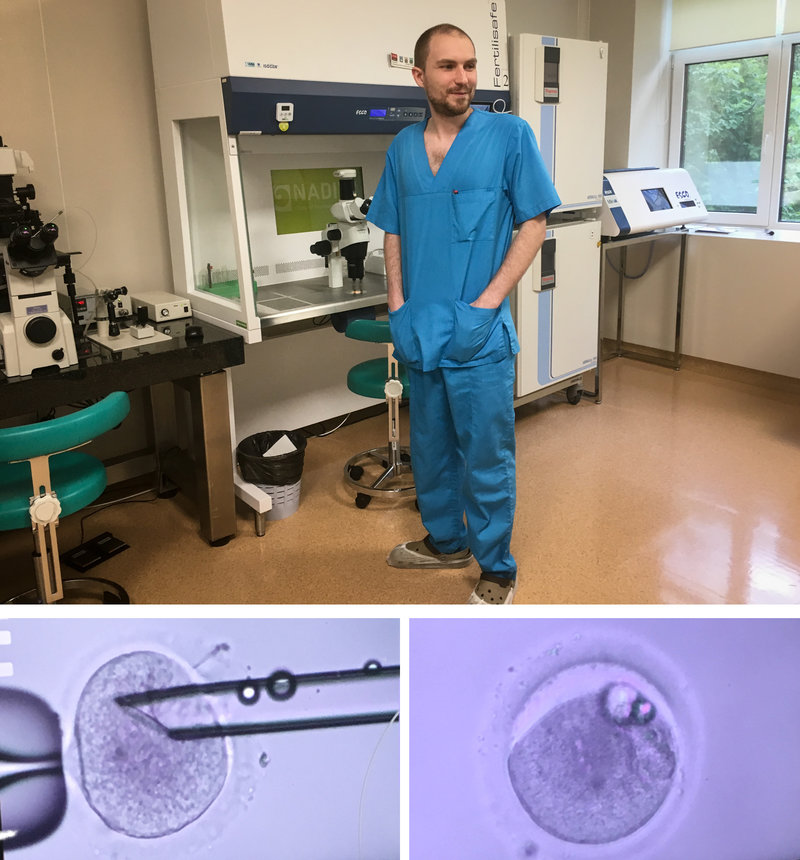
Clinic Claims Success In Making Babies With 3 Parents’ DNA
Recently reported by NPR, there is a clinic in Kiev, the capital of Ukraine, that is tackling infertility unlike anywhere else in the world: extracting DNA from three different people to create babies for women who are unable to bear children. This process involves eggs from two different women and semen from one male. This delicate process involves extracting DNA (37 genes except for mitochondrial DNA) from the fertilized egg of the would-be-parents and transferring it to the fertilized egg from an egg donor that has been hollowed out leaving one gene remaining, the mitochondrial gene. This remaining gene provides the energy for the egg; a defect of this DNA could be preventing the would-be-mother from becoming pregnant. Thus, using the mitochondrial DNA may enable the patient to produce healthy embryos and babies.
Related Articles:
NYT: Scientists Can Design ‘Better’ Babies. Should They?
NYT: Birth of Baby With Three Parents’ DNA Marks Success for Banned Technique
Global Health Voices:
BMJ: Global health engagement with North Korea
“The recent rapprochement between South Korea and North Korea (officially known as the Democratic People’s Republic of Korea) is an exciting opportunity for the peoples of the two countries and for global health, especially if diplomatic engagement with the United States produces favourable results.” – BMJ
Harvard T.H. Chan School of Public Health: Airs, Waters, Places: Part Three – Changing Places: Are cities the key to climate solutions?
“By 2030, approximately 730 million people, or 8.7 percent of the global population, will reside in “megacities”. We take an in-depth look at how rapid urban expansion, climate change, and public health will collide in the decades ahead.” – Harvard Public Health
IRIN: A day in the life of a Kabul emergency room
“Conflict killed or injured more than 10,000 civilians in Afghanistan last year – hovering near the peak of a decade-long escalation. The UN has acknowledged that the “low-intensity conflict” has escalated once more into war; the violence uproots hundreds of thousands of people from their homes each year. By some estimates, the Taliban and other militant groups have now extended their reach to 70 percent of the country.” – Francesca Mannocchi, IRIN
Global Health News Resources:
NYT Global Health News
CDC Global Health News
Global Health NOW
Global Health Council
STAT
IRIN
WEEKLY OP-ED
(Unsponsored and unsolicited)

A new study finds that when 25 percent of people in a group adopt a new social norm, it creates a tipping point where the entire group follows suit. This shows the direct causal effect of the size of a committed minority on its capacity to create social change.
“Theoretical models of critical mass have shown how minority groups can initiate social change dynamics in the emergence of new social conventions.”

Katherine Green works for the George Washington School of Nursing’s Center for Health Policy and Media Engagement. She holds a Master’s Degree in International Relations and Service Development. The focus of her research is gender equity and empowerment. She is passionate about working on unresolved social issues that deal with health, gender rights, LGBTQ, risk reduction, the arts, and justice. She has a background in social sciences and fine arts. Prior to joining GW, Katherine has worked in global and national health advocacy, development, and policy.
To subscribe and submit content to HealthCetera News Action Update email: nursingpolicy@gwu.edu
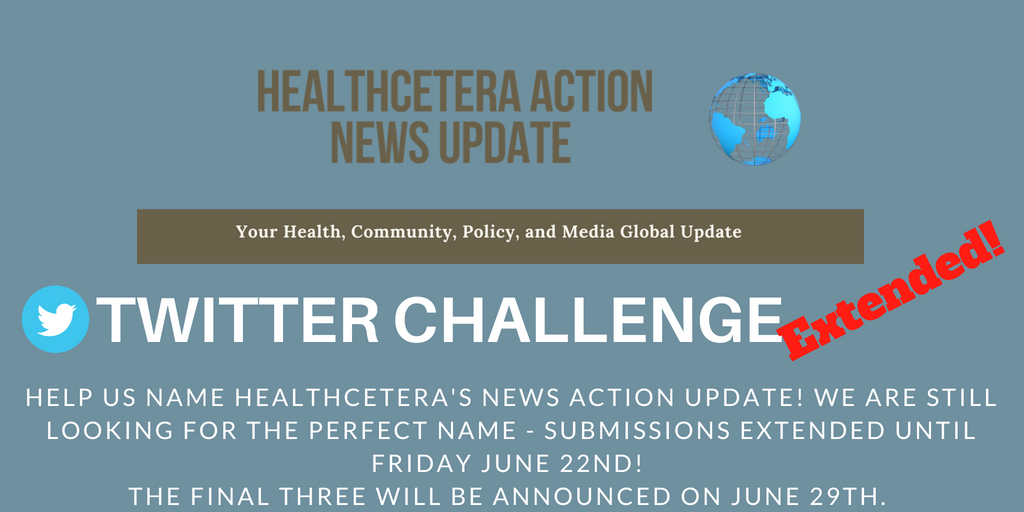
Welcome to HealthCetera’s global health policy and



